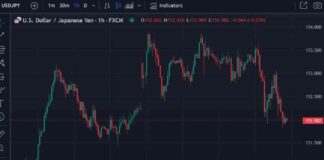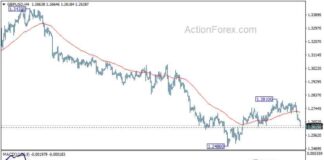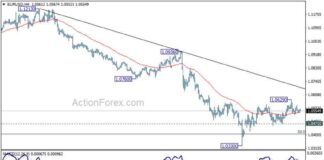August has historically been a challenging month for the market, and this year was no exception. The month started with significant price movements, causing concern among investors. In a recent analysis, it was predicted that the market would experience a growth-type drawdown, and this prediction seems to be coming true. As economic activity concerns rise, equity prices are falling, credit spreads are widening, and longer-term interest rates are decreasing.
Despite the overall market downturn, certain sectors like Munis have outperformed due to their higher quality and longer duration. Municipal bonds tend to hold up well during growth shocks because their credit spreads widen proportionally less than other corporate credit assets. This resilience has allowed them to rally while other sectors have struggled.
When looking at the bigger picture, it’s crucial to consider valuations relative to historical data. For instance, high-yield corporate bonds’ credit spreads are currently around 3.90%, which is low compared to typical recession levels of 7.5-10%. Investors may consider adding higher-yielding assets once spreads widen to 4-4.5% to avoid allocating all their resources at the start of a drawdown.
Interestingly, the equity market, as indicated by the VIX, is more panicked than the credit market. The VIX is at its highest level since COVID, while credit spreads remain below their 2022 levels. This discrepancy suggests differing levels of concern between the two markets.
In terms of Closed-End Funds (CEFs), the sector response mirrors the general market trend, with equity and credit-linked sectors underperforming while higher-quality and longer-duration sectors outperform. CEFs have also shown that discounts often impact price behavior more than Net Asset Values (NAVs).
Despite the market downturn, CEF discounts are not particularly wide compared to earlier in the year. The recent movements in August have shifted the market towards a more attractive position, but it remains to be seen how the situation will develop.
In the CEF space, Municipal CEFs continue to be favored due to their resilience, high real rates, and wide discounts. Funds like EIM and MVF offer additional alpha beyond sector exposure, while baby bonds from the BDC sector present attractive investment opportunities with high yields.
As investors navigate through the market volatility, it’s essential to consider risk management strategies and explore different income portfolios. Tools like Systematic Income can provide valuable insights into navigating the BDC, CEF, OEF, preferred, and baby bond markets. By staying informed and making strategic investment decisions, investors can weather the current market challenges and potentially capitalize on opportunities for growth.

















